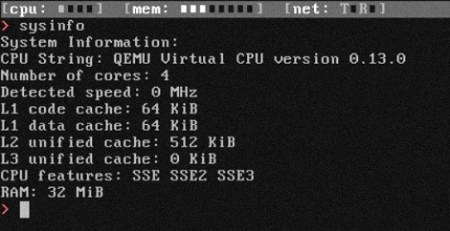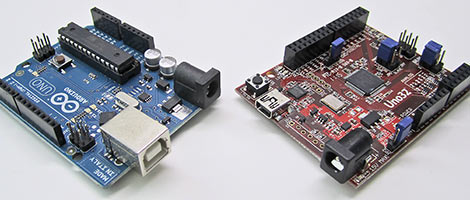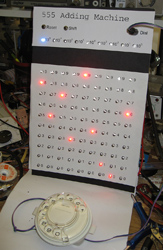
We can all agree that RadioShack isn’t exactly the DIY mecca it once was.
What used to be a haven for amateur radio operators, tinkerers, and builders alike has devolved into a stripmall mainstay full of cell phones and overpriced junk. RadioShack knows that they have fallen out of your good graces, and since you are the demographic that put them on the map, they are appealing to the DIY community for input.
They want to know what is important to you – what you would like to see at your local RadioShack, and what would bring you back through their doors. Obviously price is a huge concern, especially with online outlets like Digikey and Mouser just a few clicks away. At the end of the day however, if you require a component RIGHT NOW, it would be nice to have the ability to grab some parts locally.
We’re well aware of the fact that this is all part of a marketing scheme, but if it helps stock your local store with a few odds and ends that are actually helpful, it won’t hurt to let your voice be heard.
Stick around to watch the video appeal from RadioShack’s brand manager, [Amy Shineman].
[Thanks komradebob]
[via ARRL.org]
Continue reading “Speak Your Mind And Help RadioShack Suck Less”

















